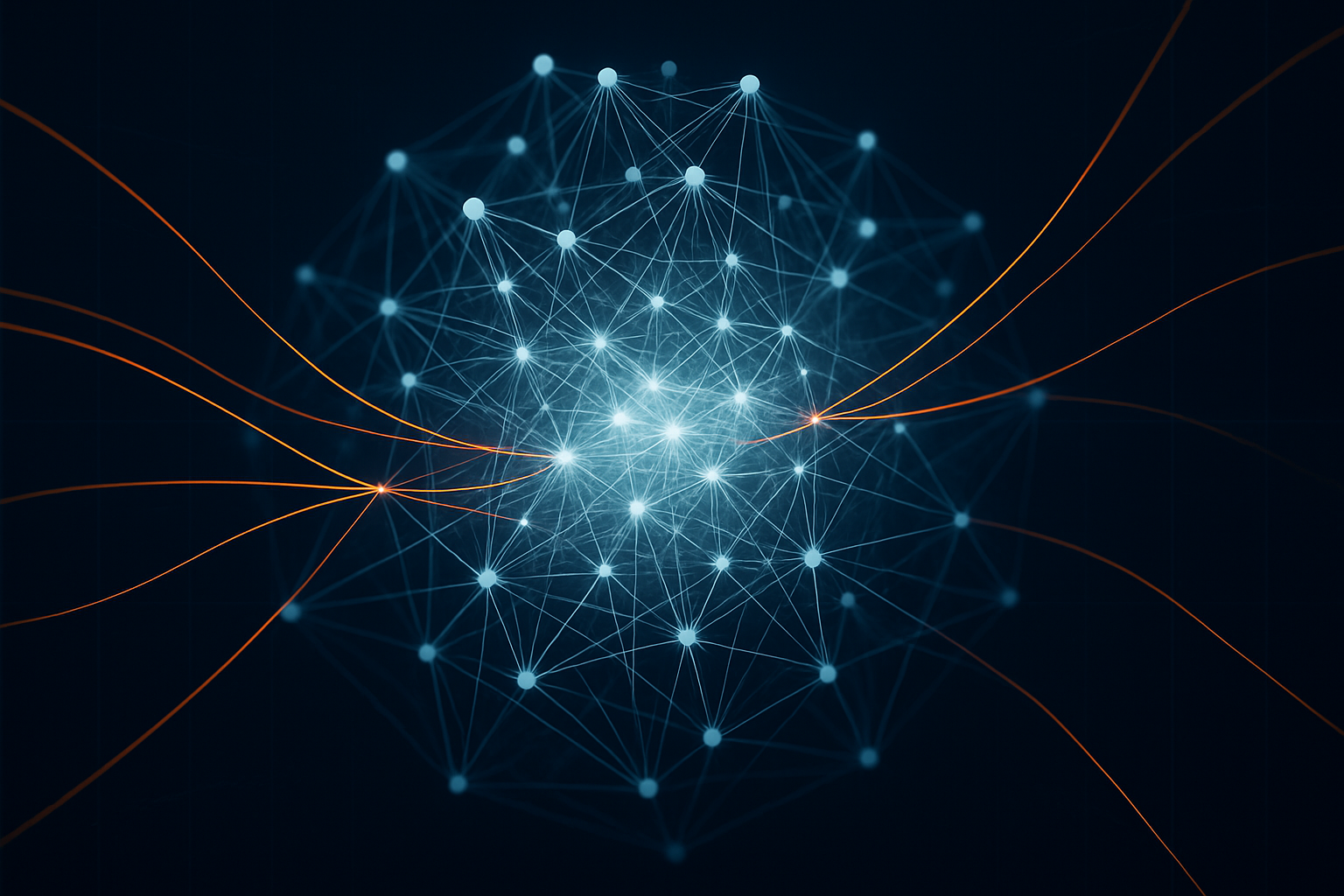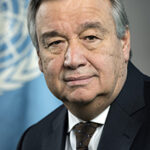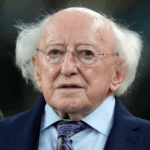Nesdia Labs
A New Paradigm for research
How it Was
years
- Analog Manuscript Search
- Manual Text Comparison
- Isolated, Disparate Data
- Static, Single Source View
- Generational Timelines
Our Approach
weeks
- Unified Digital Corpus
- AI Pattern Recognition
- Shared Research Space
- Live Cross-Text Analysis
- Instant Scholarly Queries
To discuss a research partnership, please contact us.
Our Technological Schema
At the core of Nesdia’s research division lies an unconventional philosophy: that linguistic data, even in its most fragmented state, contains fractal regularities that resist standard model training. To accommodate this, our Labs develops and maintains a suite of proprietary fine-tuning pipelines, operating atop custom-modified transformer architectures with dynamic attention pruning and morphology-aware embedding.

Our models are trained on low-resource corpora using gradient-compounding optimization strategies, tuned not for token prediction, but for morphological alignment, diachronic shift tracking, and orthographic variance resolution. The training data is curated through a human-in-the-loop paradigm, integrating field recordings, glottal timestamping, and annotated dialectal manuscripts.
Our fine-tuning approach diverges from traditional instruction-tuning. Instead, we employ hybrid reinforcement schemes where linguistic acceptability is evaluated against both computational heuristics and formal typological constraints. Our models are not asked to “perform” language ~they are conditioned to emulate and reflect the underlying grammatical logic as abstracted by real-world linguistic behaviour.
Beyond textual data, our research also integrates phonetic and suprasegmental features into training streams via spectrogram-interleaved tokenization. We believe phonology and morphology must converge at the model level to produce results that are both generative and reconstructive.
Current projects include unsupervised root pattern extraction for triconsonantal systems, real-time dialectal drift modeling, and inverse-compilation of extinct morphosyntactic systems from OCR-fragmented religious texts. We do not aim to guess language ~we aim to rebuild its memory.
Cultural Loss
“Linguistic diversity is increasingly threatened by the accelerated disappearance of languages which puts entire culture and knowledge system is at risk of being forgotten forever”
 UNESCOMarch 2024
UNESCOMarch 2024Irreparable Loss
“..with every language that disappears, the world loses a wealth of traditional knowledge and cultural heritage. We have to prevent this irreparable loss…”
 António GuterresUN Secretary-General
António GuterresUN Secretary-GeneralLoss For Humanity
“It should be a matter of great concern to us, that around the world, indigenous languages and the complex systems of knowledge and meaning they contain are facing extinction, the loss of any mother tongue is a loss of a people’s identity and heritage, the world must recognize the vital importance of languages for cultural diversity and human knowledge”
 Michael D. HigginsPresident of Ireland
Michael D. HigginsPresident of Ireland
